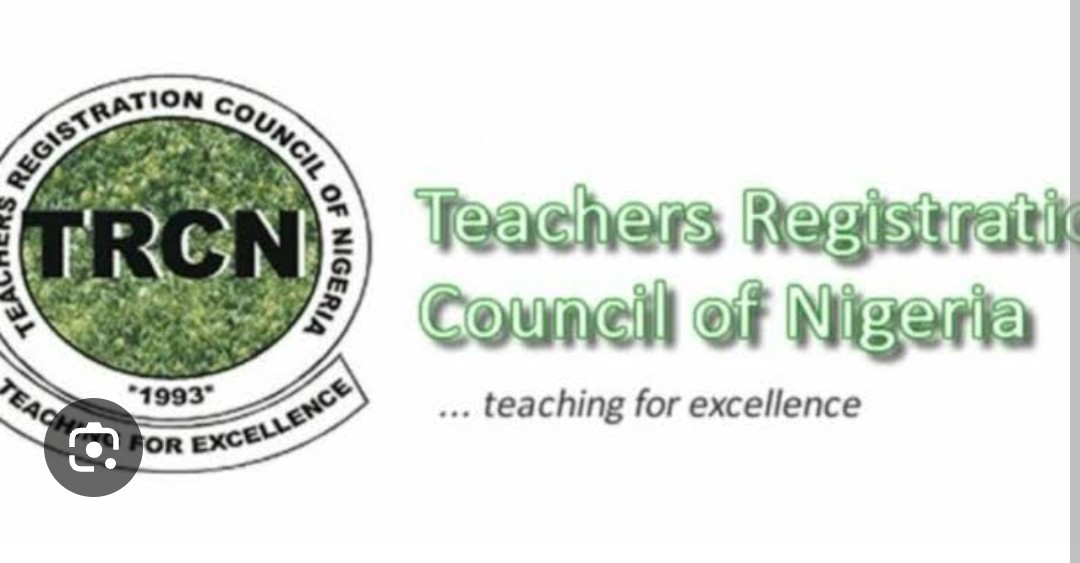Web 2.0 technology — the free digital tools that empower all users to create and share — has changed the way the world operates. In the hands of educators, it can become a powerful catalyst for changing the way students learn.
The three critical opportunities web 2.0 tools offer for educators are:
1. Constantly evaluating what students know
When new learning builds on previous knowledge, all students need the proper building blocks in place before they can move on to the next lesson. By the time the next six-week exam rolls around, students who are behind the curve may have already missed out on valuable learning.
With today’s digital tools, there’s no reason for any student to get left behind. Teachers can easily assess who’s keeping up and who’s not on a daily basis using online surveys and quizzes — or in real time by conducting in-class polls on students’ mobile devices. This allows educators to make instant course corrections to keep everyone moving forward.
2. Creating personalized learning experiences
Putting digital tools into students’ hands allows them some control over their own learning. Giving them flexible tools — or letting them choose the tools they want to use to accomplish a goal — helps provide a personalized learning experience that lets each student learn in the pace and way that’s most effective for them.
We talk a lot about personalized learning. It’s so much easier to personalize learning, to adapt an assignment or activity, when each student has a tool on his or her machine. That does not mean it happens all the time, but when appropriate. It is also a way to encourage collaboration.
3. Helping students explore complex problems
Deeper learning happens when students grapple with problems that don’t have a clear, single or simple answer. Web 2.0 technologies open new doors to exploring complex questions and examining real-world problems.
For example, students can use Google Earth as a research tool when investigating geography. They can play epistemic games or simulations that allow them to role play as they discover solutions to complex problems.
Interesting things come from ‘what would happen if I did’ or ‘why can’t I?’ Doing authentic research drives students to be inquiry based, to ask questions.
If those three reasons aren’t enough to spark your interest, consider: Digital tools open as many new doors for teachers as for students.
Web 2.0 tools are not the kinds of teacher-proof materials that tell you what to say and what the answer is. It’s just so exciting to think about what we can do that we couldn’t have done before but wished we could have.










Excellent pieces. Keep posting such kind of information on your
site. Im really impressed by it.
Hi there, You have performed a fantastic job. I’ll certainly
digg it and in my opinion recommend to my friends. I am confident they will be benefited from this website.
Excellent pieces. Keep posting such kind of information on your
site. Im really impressed by it.
Hi there, You have performed a fantastic job. I’ll certainly
digg it and in my opinion recommend to my friends. I am confident they will be benefited from this website.